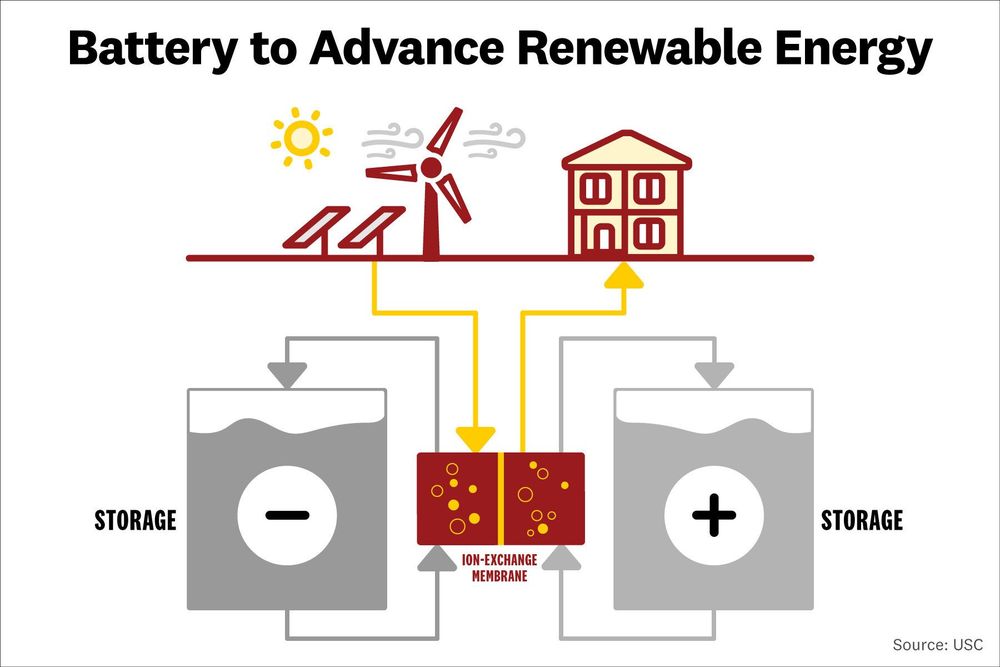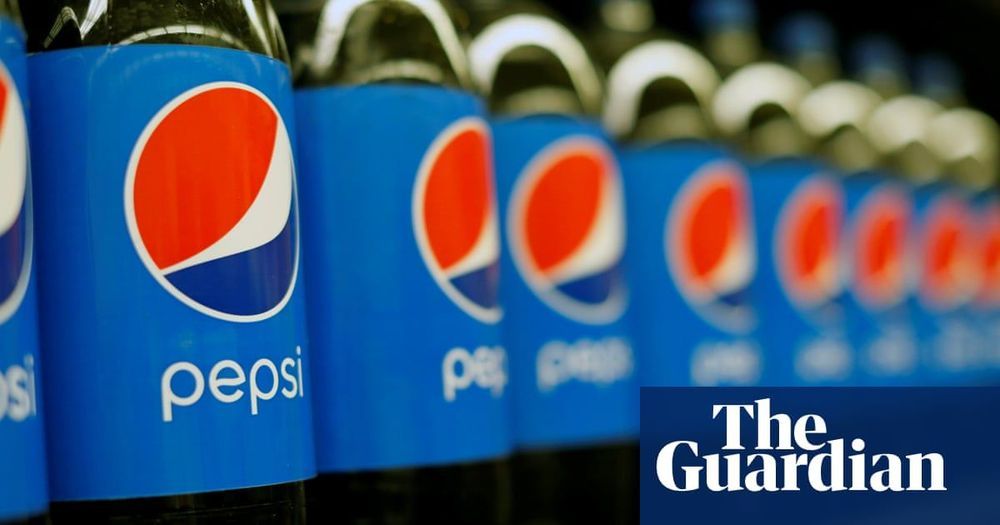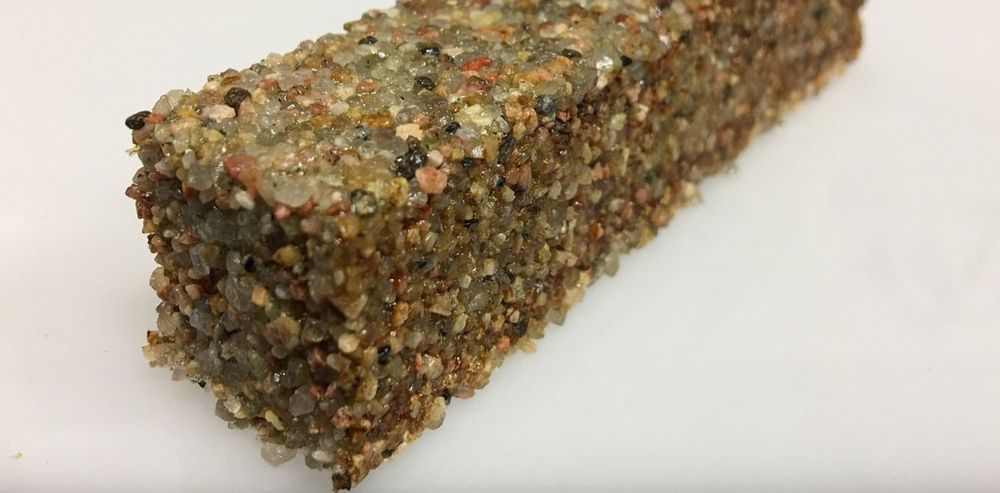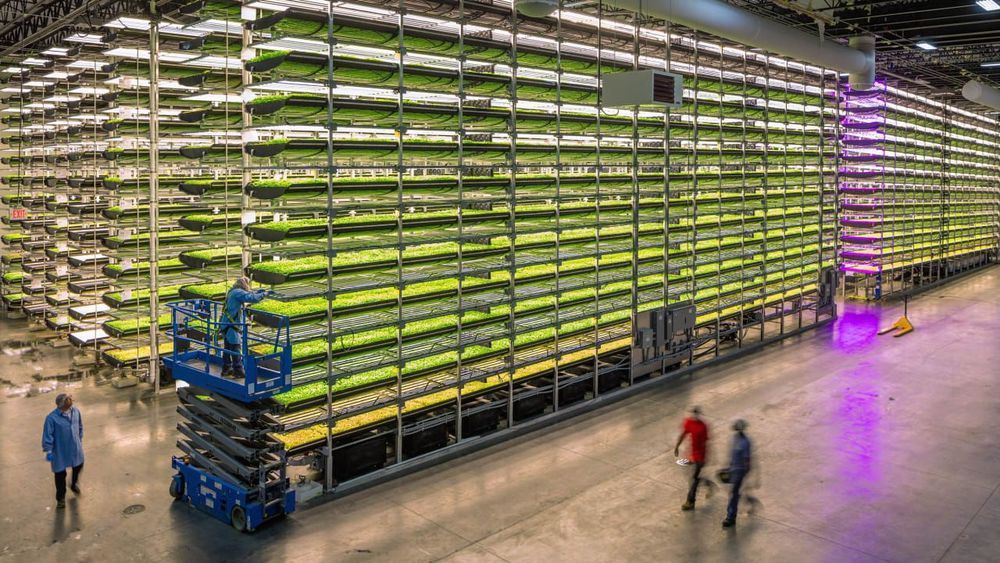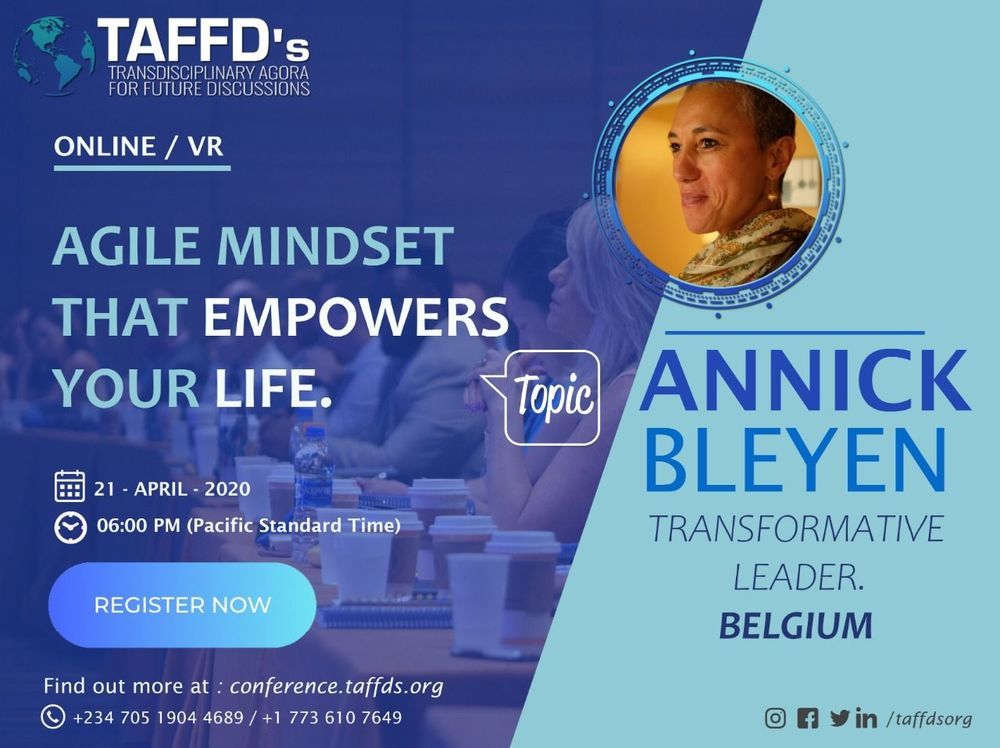Apr 12, 2020
Scientists develop a better redox flow battery
Posted by Quinn Sena in categories: energy, sustainability
USC scientists have developed a new battery that could solve the electricity storage problem constraining widespread use of renewable energy.
The technology is a new spin on a known design that stores electricity in solutions, sorts the electrons and releases power when it’s needed. So-called redox flow batteries have been around awhile, but the USC researchers have built a better version based on low-cost and readily available materials.
“We have demonstrated an inexpensive, long-life, safe and eco-friendly flow battery attractive for storing the energy from solar and wind energy systems at a mass-scale,” said chemistry professor Sri Narayan, lead author for the study and co-director of the Loker Hydrocarbon Research Institute at USC.
